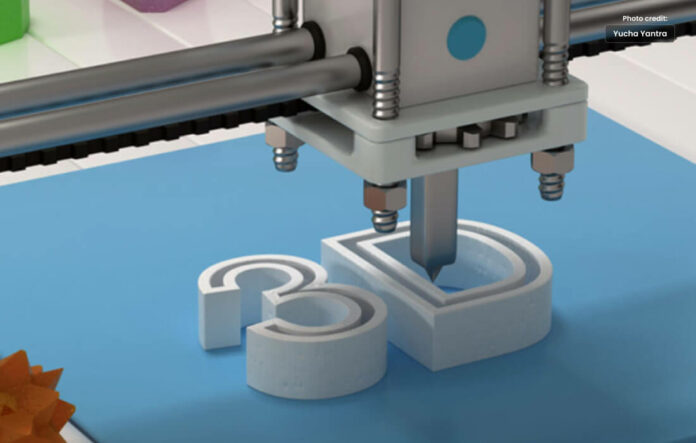Explore the many uses of 3D printing, from aerospace to healthcare.
When it comes to technological marvels, 3D printing is truly revolutionary. With never-before-seen potential, this ground-breaking technology has evolved past its early novelty stage and is now firmly established across numerous industries.
3D printing is profoundly changing how we create and innovate in a variety of industries, including manufacturing and healthcare.
Grasping the Fundamentals
Fundamentally, 3D printing, sometimes referred to as additive manufacturing, is the process of building three-dimensional objects from digital models layer by layer. Unmatched design complexity and precision are made possible by this process, resulting in structures and products that were previously unthinkable.
The fundamental ideas entail layer-by-layer material deposition directed by a digital blueprint. The variety of printable materials has increased, spanning from metals to plastics, increasing the range of applications across various industries.
Click here for latest international news
Healthcare Progress
The healthcare industry is home to one of the most innovative uses of 3D printing. Customized prosthetics, implants, and even organs are now feasible because of the accuracy and versatility of 3D printing technology. With the ability to create patient-specific models for preoperative planning, surgeons can now perform operations with greater success and efficiency.
Aerospace Ventures
3D printing has become a major force in the aerospace industry’s production of strong, lightweight components. Improved performance and fuel efficiency are directly correlated with the capacity to design elaborate and complex structures. Prototyping has been made easier by this technology, enabling quick design testing and iteration.
Evolution of Automobiles
Automakers are using 3D printing’s to transform the way that car parts are produced. The automotive industry is leveraging additive manufacturing’s efficiency and cost-effectiveness to produce functional components as well as concept models. This change allows for customization and on-demand manufacturing in addition to lowering production costs.
Architectural Brilliance
To build avant-garde buildings, designers and architects are pushing the creative limits of 3D printing. Architects can realize their visionary designs with 3D printing, from complex building facades to customizable interior elements.
Building possibilities are being redefined by this technology, opening the door to the creation of both aesthetically pleasing and sustainable structures.
Unquestionably, 3D printing has revolutionized industries, but it is not without its difficulties. Widespread adoption is still hampered by problems like material limitations, post-processing requirements, and the requirement for standardized procedures.
Nevertheless, persistent research and development endeavors are tackling these obstacles, indicating a more smooth assimilation of 3D printing’s into commercial manufacturing.
3D printing’s has limitless potential in the future. We can expect more developments in material science, printing speed, and scalability as technology progresses. Another development that is imminent is the democratization of 3D printing’s technology, as more and more people and small enterprises will have access to this game-changing instrument.
Conclusion
3D printing has evolved from a technological novelty to a vital component of many different industries. Its applications are changing how we approach design, production, and innovation in a variety of industries, including aerospace and healthcare. The future looks promising, with boundless horizons of 3D printing’s technology defining the boundaries of creativity and functionality rather than restrictions as problems are solved and technology advances.




